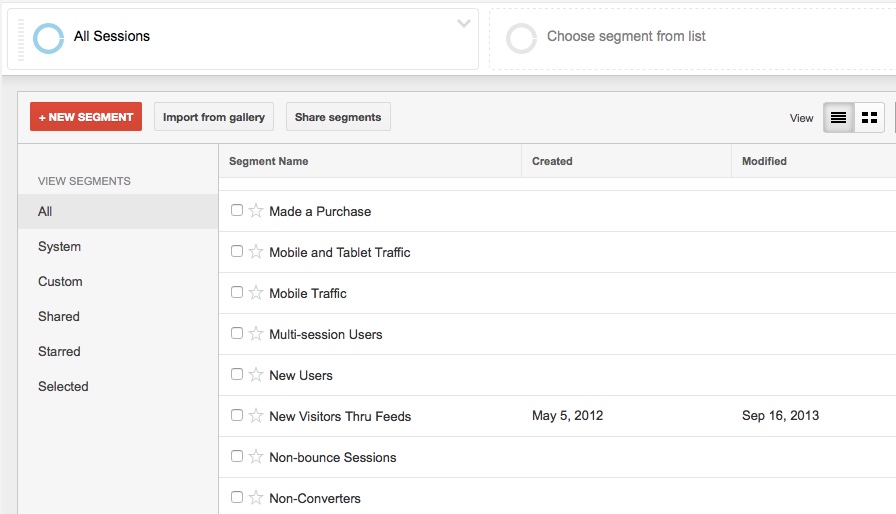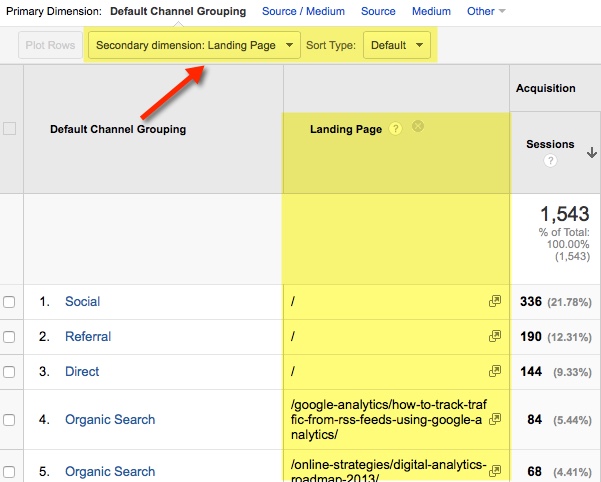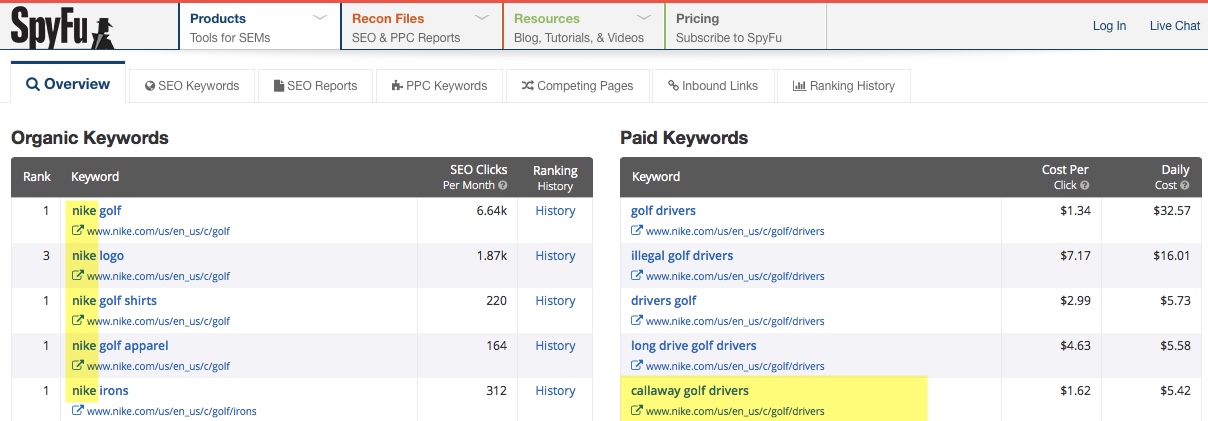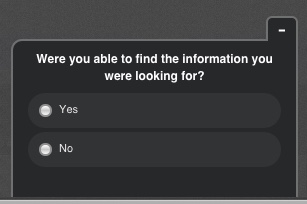
Great analysis goes further to explain WHY
A lot of the data analysis revolves around the business questions that people bring to you. Horrible questions are like when analytics people gets a simple data pull type of requests, but no background information or explanation of why they would be needing a data. Hopefully, that is the not the case for you, and we hope to believe in a perfect world where all marketers and business folks are asking great business questions.
Typically, marketers are trying to achieve something out of their marketing efforts, and we (analysts) are trying to meet their needs by providing data and insights back. A lot of times what’s lacking in this analysis or the challenges from the marketers lack the awareness of probing into the ‘why’ factor in the change in the data trend.
What does this mean?
For example, when paid search traffic goes down, a typical analysis would look at the traffic, ad spends, it’s associating pages, the list of keywords, conversion rate, etc. Usually, great analysts go far more because awesome managers, executives, and business people ask challenging questions. That means, showing ad spends going down or conversions going down is not just enough, they’ll ask “why” several times.
Heavey web analytics users will find over time that just using Google Analytics alone will not give you the answers you’re looking for. Here are few ideas to use help you get better underlining reasons to why things go up or down in traffic.
Segmentations, filters, drill down and add columns
Use macro data like Google Trends, Webmaster Tools, etc.
Segmentations, filters, drill down, and add columns
As an exampleHere is a sample view of the detail filters and segmentations you can build our of google analytics. Segment generation is a pretty powerful feature as you can create a rule that applies to your entire reports and compare. The segment applied is sticky so you don’t have to always have to think about adding when you switch between reports. Much other analytics tools has a similar feature, but it is something you have to take advantage of.

The segment could be a cumbersome feature especially if you want to play around to quickly find something that sticks out. The secondary dimension helps you quickly add a column, so you can sort and compare by different date range. Typically that could give you something interesting that explains more details in your data trend.

Here is a basic filter feature within google analytics, but it is pretty helpful when you want to exclude or include certain data sets so that you can narrow down to particular data that may explain the cause of the traffic changes

Use macro data like Google Trends, Webmaster Tools, etc.
Checking out data on Google Trends and many other market data could give you a broader sense of what could be happening.
A hypothetical example here: Despite allergies, queries are going up peaking at April/May, yet the search on major allergy relief pills brands are flat? What’s happening here? Is something taking away your search/interests share away? Are natural remedies growing? Definitely a good context of data if you want to look at a more higher level explaining traffic trends.

Look at competitor’s data
Site’s like SpyFu (note: there are many other similar tools out there), allows you to see what’s happening on site’s that you don’t control. Let’s take a peek at Nike golf site. They’re kicking ass in branded terms in Organic Keywords, no surprises here. But it looks like in Paid Keywords, you’ll find ‘Callaway gold drivers’ as one of term Nike is bidding on.
It is pretty common for brands to buy competitor’s terms to steal traffic or interests. Idea is to watch out of potential changes in competitor’s marketing strategies because that could explain changes in your traffic or business performance.

Use surveys
I’m a big fan of Qualaroo because it gives me that flexibility to whip out a quick survey to place on a page and control the survey introduction timing. It helps us ask site visitors directly and answer potential questions that quantitative data that Google Analytics couldn’t answer.
I won’t write much about this because it is pretty no-brainer, but this is some powerful stuff if you ask the right questions. I like using the open text questions and take advantage of that initial insights to help me structure better questions next time.

Perform A/B testing
The reason why we test is because “We don’t know what the outcome is going to be”. You can spend in a meeting room all day, but at the end of the day, you are not going to know if it is going to work. Go test it out! Tools like Optimizely will allow you to whip out some basic A/B testing on the site.
If setting up A/B testing and putting that JS code is too much for you, then try tools like UsabilityHub.com. You can basically test your idea during your conception phase by asking users to perform some action to get data. You can link your existing page and ask users to perform certain tasks. See if your site sucks or does its job.

Thank you so much for taking the time to read my content. If you've liked what I've had to say please subscribe!
ZoomMetrix Newsletter
Join the newsletter to receive the latest updates in your inbox.